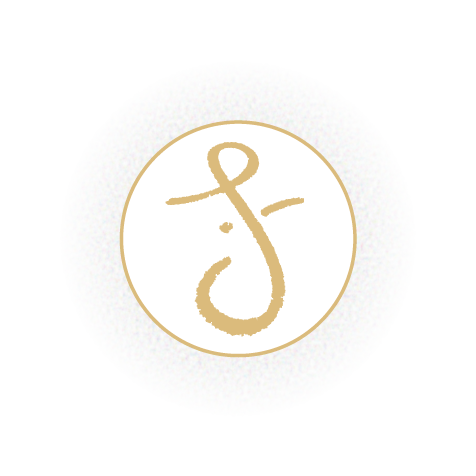The Elements of Movement (Your Brain On Yoga series)
[Originally published on US News Health, 13 November, 2013]
When we conduct a series of physical movements, we experience them as simple willful intentions that translate into bodily movements. Our conscious awareness registers the aspects of actions that are relevant to our personal goals at that moment and beyond. Underneath the layer of conscious mental activity lies an astounding array of interconnecting nerve cells, firing electrical signals that regulate movement from its planning to execution and its end. In this way, the mechanics of movement can rely on the memory and wisdom of the body for their lightning-speed execution, while conscious mental awareness can be used for more appropriate purposes such as thinking and planning. The broad effort of yoga utilizes the freed up real estate of mental awareness to become attention on the components of the unconscious. This allows us to reprogram subconscious mental and physical patterns, habits and tendencies. Tuning into the body can yield many rewards in our yogic journey as we disassemble the automatic parts of our behavior and purify them so that we function like a well-oiled machine that is cooperating with our highest intention.
The rudiments of all physical actions have certain qualities, which can be described in many ways using different systems. One useful way of understanding them is through the basic elements that comprise and pervade consciousness on physical and mental levels: earth, water, fire, air and space. In their true sense, these elements generally do not refer to actual materials, but rather to qualities of consciousness. In terms of physical activity, earth is the quality for solidity, stability and strength; water represents cohesion and fluidity; fire is exertion of will, decision-making,and drive; air is freedom and openness; and space simply refers to the void in which all movement occurs, time and idea-based planning of action. Feeling our way into these qualities by using our imagination and creating movement plans that embody their characteristics assists greatly in the deepening of our capacity to relate with the body and in the broadening of the ways we can express movement itself. These elements have served as the foundation for many forms of yogic and martial arts, both internal and external, across the ages all over the world.
In terms of the brain, each element holds a quality of physical and mental operation that is represented by certain neurological functions. The execution of physical movement activates a set of brain regions connected through a set of circuits, each of them directing a specific function – often more refined than the language used to explain it – that when combined together form a complete program for coordinated execution. The element of earth can be represented by the motor cortex, which directs the strength and force of an action, and the brain stem, spinal cord and motor neurons that execute the muscular contractions as solid movements. When it comes to the cohesion of a set of movements within a movement, the synchronized fluidity that gives the appearance of elegant coordination, water is the associated quality. When we make willful decisions to execute a movement using the prefrontal cortex, that is fire. It encompasses the aspect of directed change in movement. The basal ganglia, with its cholinergic activation in the striatum and the firing of GABA neurons that inhibit and disinhibit movement that taken together trigger and initiate voluntary movement, there is fire. The freedom of the air element can be represented by the function of the thalamus, the part of the brain that acts as a relay station or switchboard for all the various brain parts associated with physical action in order to form an interconnected whole. The element of space includes the contextualized planning of movement by the prefrontal cortex, the orientation of body and objects in space by the parietal cortex, and the sensory and spatial guidance of movement by the premotor cortex. Space also takes into account time, which is partly represented by the clock-like aspect of the cerebellum, the "mini" brain located below the cerebral hemispheres that is responsible for parsing out larger decisions to move into millisecond-by-millisecond micro movements.
When working with these elements in physical activity or exercise from a yogic standpoint, the idea is to place both physical and mental attention on a particular elemental aspect of the activity, say water, and consciously amplify it. One could ask, "How can I be more fluid like water? What would this movement look like if it were more cohesive like water?" As Bruce Lee said, "Be like water." This also opens up a broader topic, that of feeling the elements around oneself and using them as contemplation. For example, if one is standing by a river, simply feeling the flow of water – which utilizes the brain's mirror neuron system – and thereby feeling the element of water and its qualities (physical and mental/subtle) within you, there is more inspiration and fuel stored for future movements, an ability carried out by the parietal cortex. Such contemplations and acts of resonance serve to improve the quality of our physical arts and ultimately to fuse the world around us with the world within. Each of these deliberate acts of yoga – yoking, uniting – have their corresponding correlates in the nervous system and act on all levels of being to evolve our actions, as well as improve the sense of connection with the elements around us, in order to foster a path of integral health and healing.
